It’s almost impossible to grasp what Japan is in a single trip. Here, in the land of the rising sun, each season offers unique aspects that can not be found elsewhere and at other times.
On the quest of finding the best time to visit Japan, we will give you an overview of each seasons along side with exciting festivities, and popular attractions.
The answer, then, is not just the best time to visit, but the best Japan for you.
Jump to
Spring (March to May)
Weather
It’s the time when the winter wears away, and in the park, trees burst into buds and into leaves.
Picture this: Cherry trees that were dozing off suddenly wake up and start putting on a show. It’s like a magic trick – one day, there are just branches, and the next, there’s a burst of delicate flowers.
The entire country is filled with a stunning shade of pink and white as the cheery blossoms come into full bloom.
The air feels fresh with a mild temperature of around 20°C (68°F). It’s the perfect time for outdoor events.
Festivals

It comes as no surprise that the most awaited activity in Spring is Hanami (花見). Even though the term is directly translated into “flower viewing”, it is mostly used to refer to cherry blossom viewing.
The Ueno Cherry Blossom Festival (Tokyo) and Maruyama Park celebrations (Kyoto) stand as radiant tributes to this age-old practice. It’s the time of year when people gather beneath the blossoms, laugh and reflect with friends and families.
Yet, it’s not just that. It’s like a thread that connects generations of Japan. When you are here, being among many other people enjoying the same scene, you are a part of something bigger, of Japanese culture.
Tip: The usual blooming time is late March and early April. However, it can change due to the weather. Make sure you check it next time you visit Japan.
Attractions
During this time of year, we definitely recommend places that are complimented by nature.
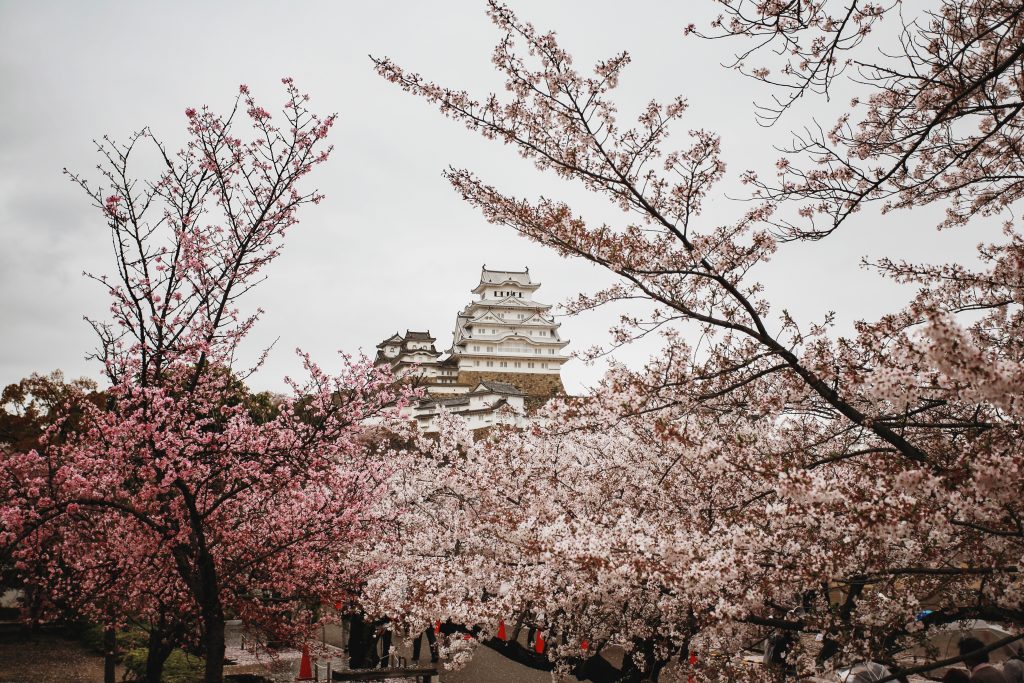
If you are in Tokyo, the Himeji Castle, also known as the “White Heron Castle”, is surrounded by a sea of cherry blossoms. With the juxtaposition of architecture, leaning against the backdrop of blossoms, it is an ideal destination for taking pictures or just simply enjoying the atmosphere.
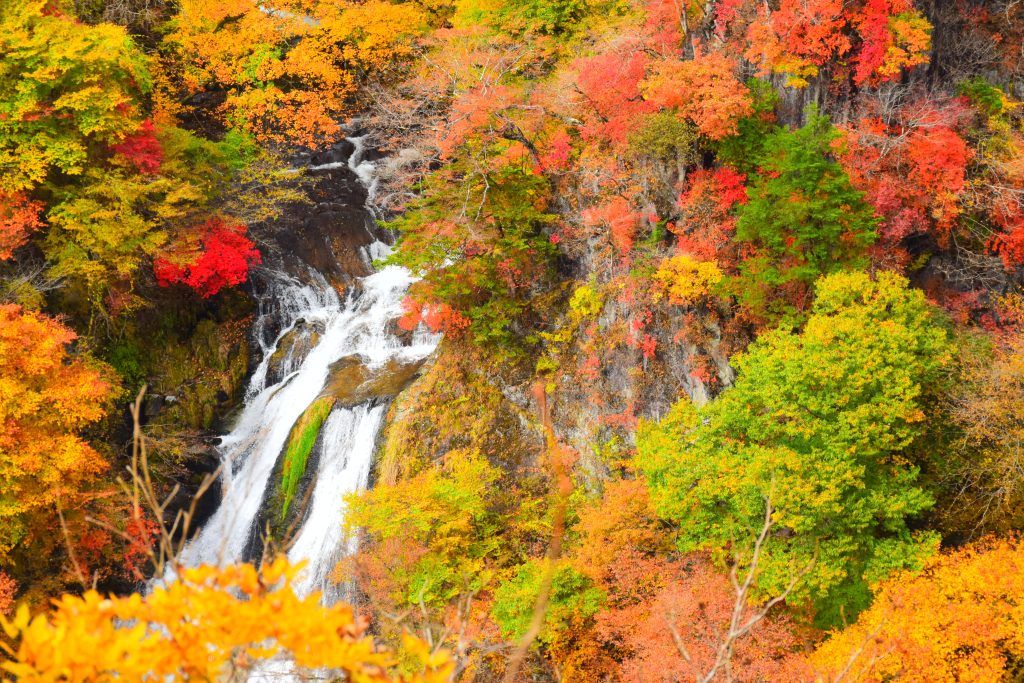
For ones who are looking for natural beauty, Nikko is one of the best options out there. Located in Tochigi Prefecture, about 150 kilometres (93 miles) north of Tokyo, it takes only 2 hours by train to get here.
When spring comes, the whole mountain bursts into colours. The Toshogu Shrine, with more than 400 years of history, stands as the centrepiece of Nikko springtime.
The Shrine comprises a collection of more than a dozen distinct buildings. Decorated by gold leaf and wood carvings, these buildings represent a long history of traditional shrine architecture.
Spring is the best time to visit Japan for people who are looking to:
- Feel the poetic beauty of cherry blossoms
- Immersive culture experience
- See the stunning natural scenery
Summer (June to August)
Weather
The sun is shining, the air is filled with energy, with exuberance.
For 3 months, the temperature rises a little bit, ranging from 21 to 32°C (70 to°F). In the cities of northern Japan such as Hokkaido, Sapporo, and Aomori… the weather is cooler.
Tip: Besides wearing a hat, or sunglasses, there are numerous ways to stay refreshed during Japanese summer:
- Try seasonal foods such as somen noodles (素麺 – somen) or cold ramen (冷やし中華 – hiyashi chuka)
- Get yourself some cooling products. Some popular options are cooling towels, cooling sprays, portable fans, and etc.
Festivals
So, what can possibly be the reasons to come to Japan if the weather is hot like this? The answer is festivals (祭り- matsuri). It’s a great way to not just celebrate Japanese culture and history, but also to forget about the heat.
In fact, Summer is when most festivals are held. For festival lovers, this might be the best time to visit Japan.
While their origins, activities, and distinctive features may vary, a common thread unites them all: the joyous combination of dancing and chanting in historically decorated areas, all while wearing traditional attires.
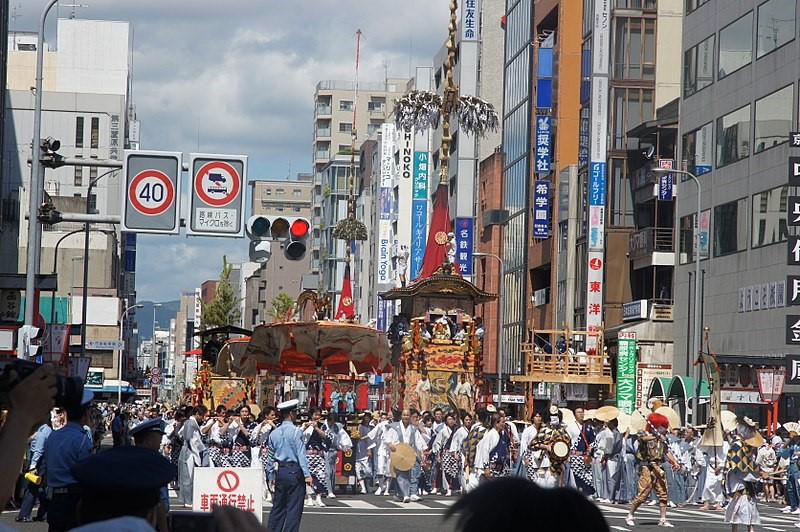
Arguably the most important festival in Kyoto is the Gion Matsuri. The festival dates back to the 9th century, meaning it has been celebrated for over 1,000 years.
The main event is carrying processions of towering floats called yamaboko (山鉾), some are 25 meters in height and 12 tons in weight, throughout the town. On top of the floats, there are “sacred children” (お稚児さん – O Chigo-san) who are selected from the most prestigious families in Kyoto.
While the event takes place over the entire July, the parades of floats would be on the 17th and 24th. Mind you, even though the parade on the 17th is the smaller one, it’s still a wonderful experience.
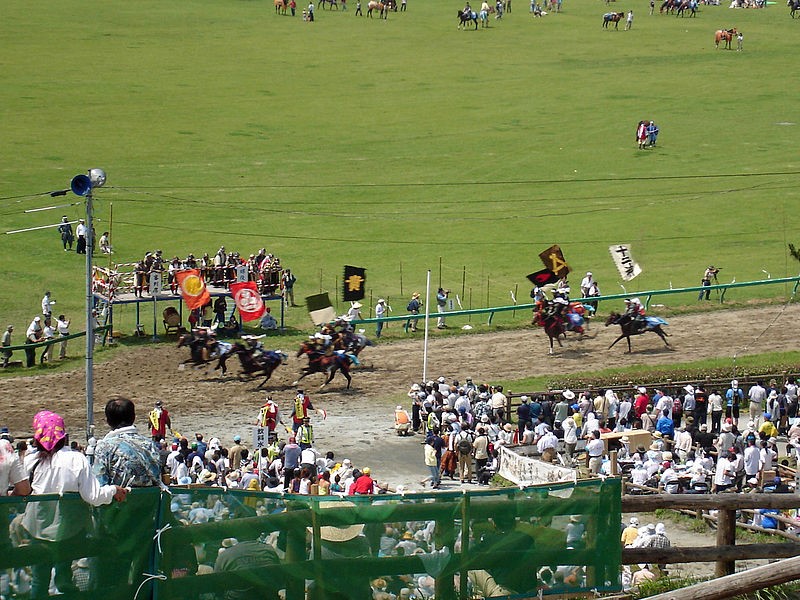
One less-popular option for people seeking something new is the Soma Nomaoi Festival. The Festival takes place in Fukushima Prefecture on the last Saturday, Sunday, and Monday of July and is a testament to Japan’s rich cultural heritage and unwavering spirit.
There are two exciting events that you might want to try. The first one is called “Kacchu Keiba” (甲冑競馬). It is a horse race where the riders are fully armoured, carrying katakana swords, and race for more than 1,000 meters.
Here, you will be transferred back to the Japan which can only be seen in movies.
Another thrilling event is Shinki Soudatsusen (神旗争奪戦). Instead of focusing on speed, this is the competition of precision, strategy, and coordination between the riders and their horses.
During the events, riders, also dressed in traditional Samurai armour, gallop across the racecourse, aiming to snatch the sacred flags as they ride by.
The flags are then presented as offerings at local shrines, symbolizing the dedication of the riders to their lords and the Samurai code of honour.
Attractions

For a sun-soaked experience, the beaches of Okinawa offer tropical heaven. With the white sands and crystal-clear turquoise waters, there is not much else to ask.
Still, there are numerous activities here for you to try. Snorkelling and scuba diving are popular here. Whether you are a beginner or a seasoned one, Okinawa’s aquatic diversity promises a breathtaking encounter.
You can also take boat tours to nearby islands. Or perhaps, choose the thrill of a dolphin and whale-watching excursion, where these magnificent creatures reveal themselves for the world to see. Just a quick peak, but the impression will last a lifetime.
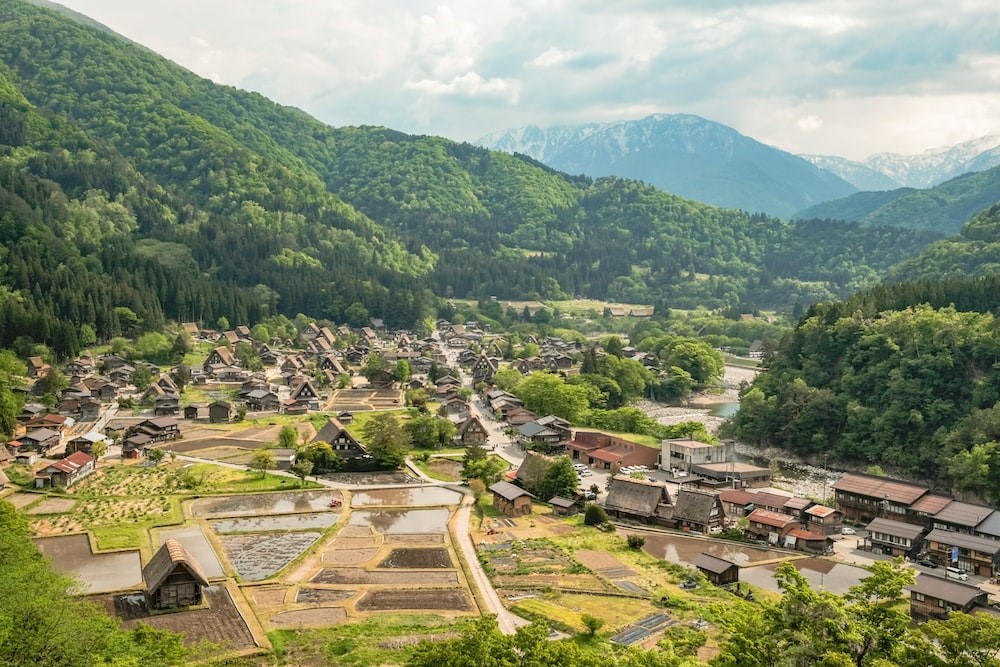
On the other hand, for a journey through time and tradition, set your sights on the UNESCO-listed villages of Shirakawa-go and Gokayama. Even if you have never been, chances are you have already seen the unique thatched-roof houses of this village.
As you stroll through the streets, you get a glimpse into the daily life of bygone eras, where the beauty of simplicity and harmony with nature take centre stage. It’s a different experience of rural Japan and its cultural heritage.
Summer is the best time to visit Japan for people who are looking to:
- Immerse in the energy of Japanese festivals
- Explore beaches and the sea of Japan
Autumn (September to November)
Weather
From September to November, the air takes on a crisp quality, as if inviting you to partake in a season of tranquillity.
The charm of autumn lies not just in its visual spectacle, but in the atmosphere that it creates. With the temperature from 10 to 21 °C (50 to 70 °F), it’s a time to slow down, to take leisurely walks amidst the warm and earthy tones that surround you.
No less appealing than cherry blossoms, the autumn leaves put a different colour to the cities of Japan.
Festivals
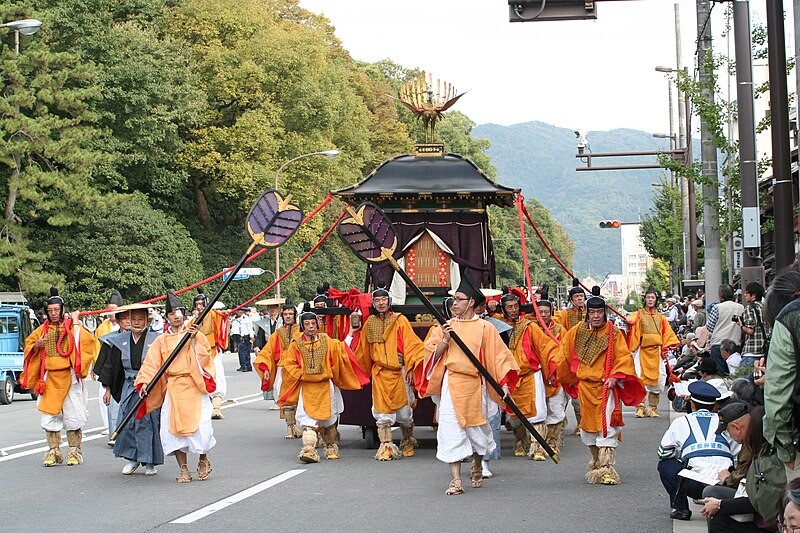
Kyoto, a city steeped in history and culture, takes centre stage during autumn with the grand spectacle of Jidai Matsuri ((時代祭). To celebrate the foundation of Kyoto, every year on October 22, large parades start their journey from the Imperial Palace to Heian Shrine.
As you watch, you’ll be immersed in the grandeur of samurai warriors in their armor, noble courtiers adorned in elegant robes, and dignitaries who represent eras long gone.

Originally, the event was a way for Japanese people to pray for a successful harvesting season. Now, the focus shifts toward the Danjiri – huge wooden floats decorated with an abundance of lanterns.
Companying with the floats is the sound of “hayashi” (囃子) – a traditional musical ensemble of flute (笛), shoulder drum (小鼓), hip drum (大鼓), and stick drum (太鼓).
Attractions
This slower time of the year is the ideal occasion to visit temples.
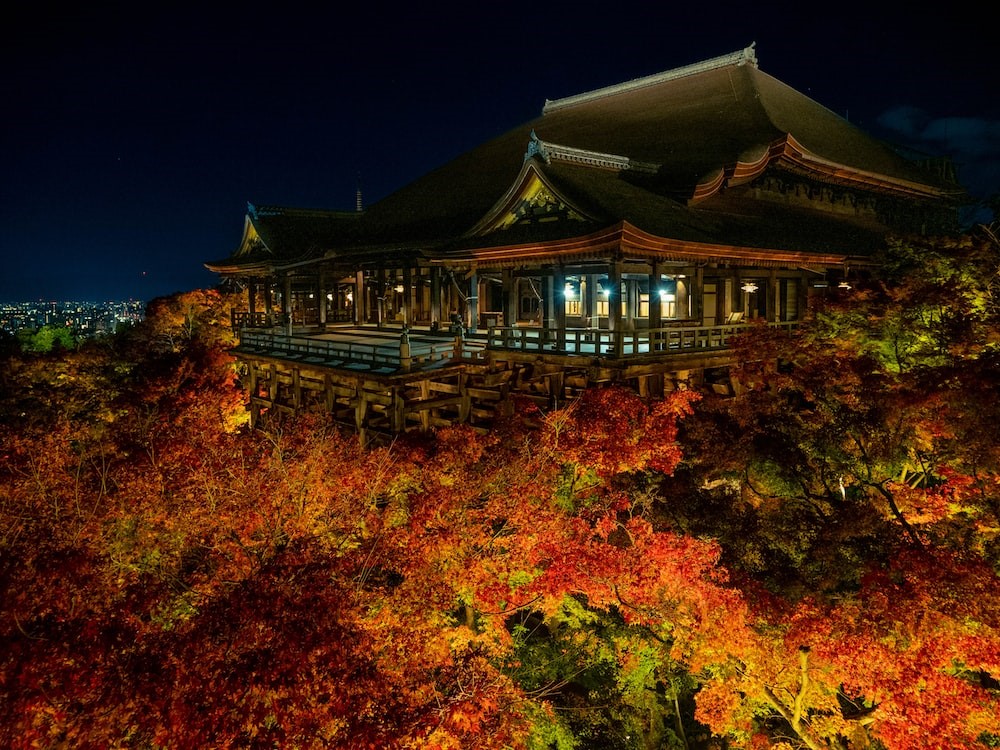
Nested at the heart of Kyoto’s cultural tapestry, Kiyomizu Temple is not a place to miss. In this season of transformation, the temple’s panoramic views are complemented by the embrace of autumn’s colours.
On the vantage point of Kiyomizu Temple, it’s the rusting leaves and the crispness in the air, and the warm hues that bring an atmosphere of introspection.
Back in Tokyo, you might want to visit the Meiji Shrine Complex. Passing the Torii gate, you will enter another world, one of serenity.
Even though the complex is located in the middle of the city, the hustle seems to disappear as you walk further inside. Finally, you will encounter the wooden structure of the Meiji Shrine – the representation of cultural continuity.
Slow down, take a deep breath, and just feel the atmosphere here. It’s something different from what you would expect in Tokyo.
Autumn is the best time to visit Japan for people who are to:
- Enjoy the view of autumn leaves
- Experience cultural and historical beauties
Winter (December to February)
Weather
As December arrives, Japan has a new appearance with a blanket of glistening snow.
It is pretty cold here with temperatures from 5 to 12ºC (41 to 54°F). Fortunately, winter in this country is not too rainy.
If you plan to come to Japan in winter, make sure to have some earmuffs or a knit cap. Even though there is not much rain, the winds can intensify the cold.
Tip: Similar to in summer, there are things you can buy to keep yourself warm during this time including thermal underwear, heating pads (カイロ – kairo), and etc.
It’s very easy to buy heating pads as well. Visit any convenience store or supermarket and you can get a pack of 10 for just around 200 yen (≈ 1.4 U.S. dollars)
Festivals
Yes, there are still festivals in this weather.

Heading toward the south of Japan to Sapporo, you will have the chance to be a part of the Sapporo Snow Festival (さっぽろ雪まつり).
This amazing celebration showcases the incredible combination of ice and imagination of Japanese artists. At first, there would be some sculptures. Slowly, as you explore the festival, the whole icy cityscapes start taking shape.
More than just a festival, the festival shows the resilience of the Japanese. That is, amidst the harsh weather, there is still beauty to be enjoyed.
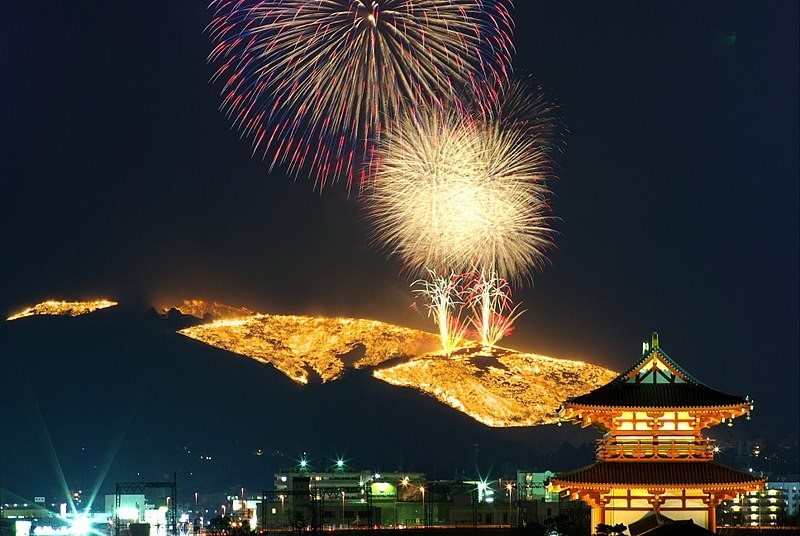
Carrying a much warmer appearance is the Wakakusa Yamayaki (若草山焼き), or Mount Wakakusa Fire Festival, in the serene city of Nara.
The festival is a celebration of renewal and a unique way of connecting with the changing seasons. Every year, on the 4th Saturday of January, Japanese people and foreigners alike will gather here to enjoy the view.
Here, when the time is right, a controlled fire is set ablaze on the hillside, transforming the landscape into a breathtaking spectacle. Against the dark sky, the flames seem to be dancing, creating a visual remark for anyone who has witnessed.
Plus, there are fireworks as well.
Attractions
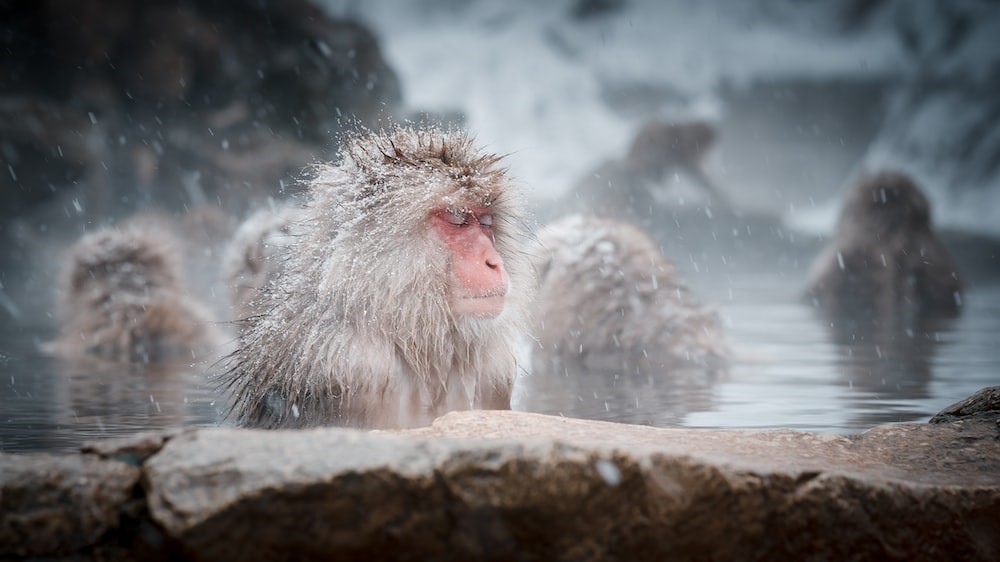
Amidst the falling snow, there aren’t many things that can top the experience of immersing yourself in the warmth of Onsens in Nagano.
The contrast between the icy surroundings and the warmth of the water will awaken your senses, melting away the chill that was there just a few seconds ago.
If you are wondering what that picture with a bunch of monkeys is doing here, it’s a valid question. you would not see this scene anywhere else.
They are actually resting inside an Onsen in Jigokudani Monkey Park. Even though you can not jump in with them, you can stand and observe them right on the edge. These animals are extremely friendly and cute.
Standing in the steam of the Onsen and watching the interactions of these little creatures is a peaceful feeling.
Winter is the best time to visit Japan for people who are looking to:
- Indulge in the tranquillity of snowy landscapes
- Feel cosy in a seemingly unpleasant weather
FAQs
1. Is it possible to experience Japan on a budget?
Yes, it’s possible. Consider staying in guesthouses or budget accommodations and prioritize local street food. However, there is no need to worry. All of these are still great options.
2. How can I navigate Japan’s public transportation system?
In general, you can use Google Maps to support your navigation. Still, you need to be extra careful in big train stations in Shinjuku, Shibuya, Yokohama.
3. I don’t speak Japanese; can I use English travelling around?
If your destinations are mainly tourist areas, English will be enough. Once you leave the popular spots, having a translation app will come in handy.
4. What are the top shopping districts for unique souvenirs and gifts?
In Tokyo, you can try Akihabara for electronics, and Harajuku for fashion. If you are in Kyoto, make sure to take a trip to the Nishiki market for local crafts and Japanese foods.
5. Can I travel to Japan on a solo trip?
Absolutely! Japan is considered one of the safest countries for travelling. However, don’t reveal that you are alone to strangers if you don’t have to.
